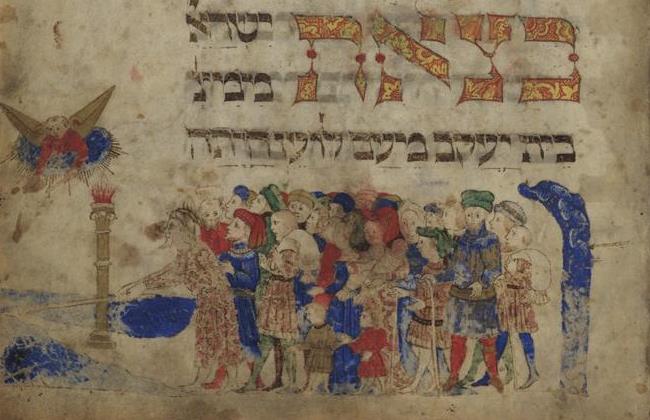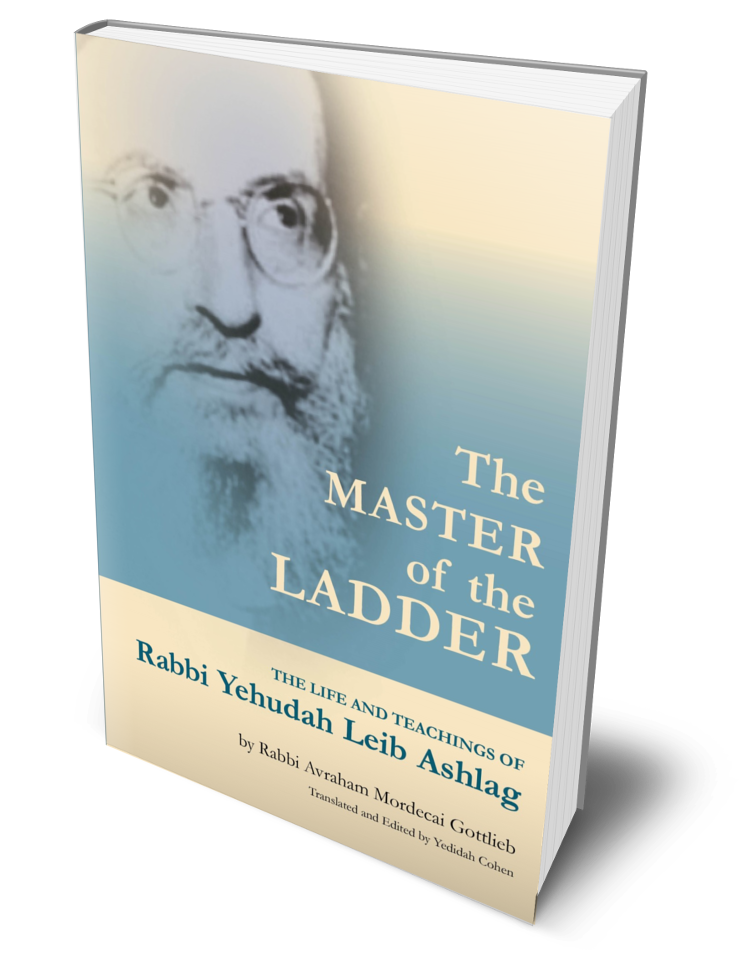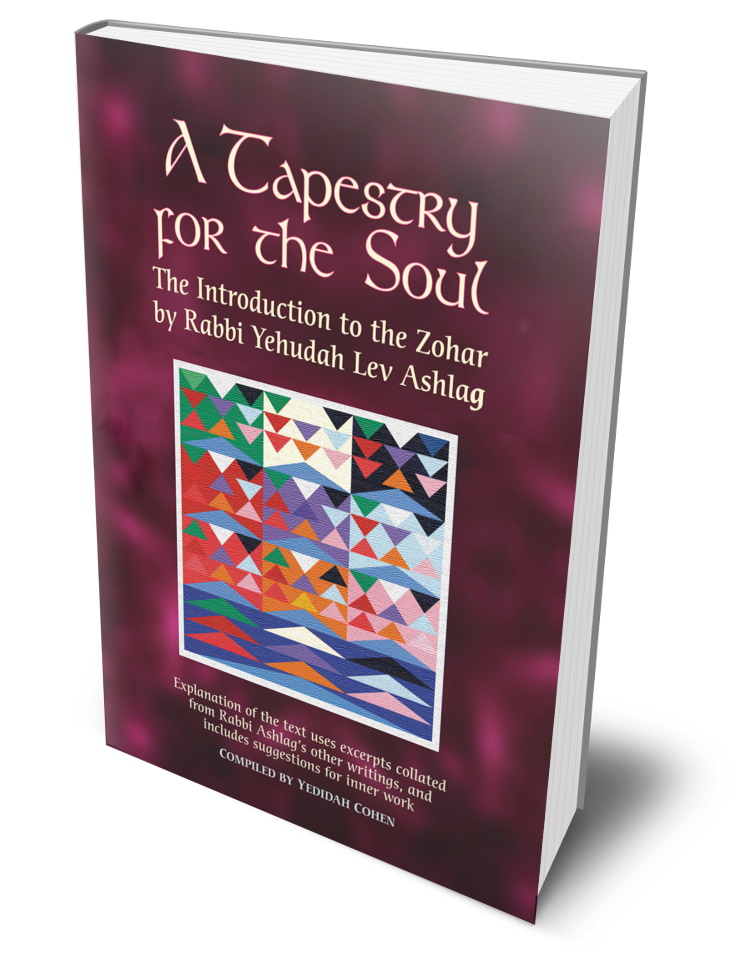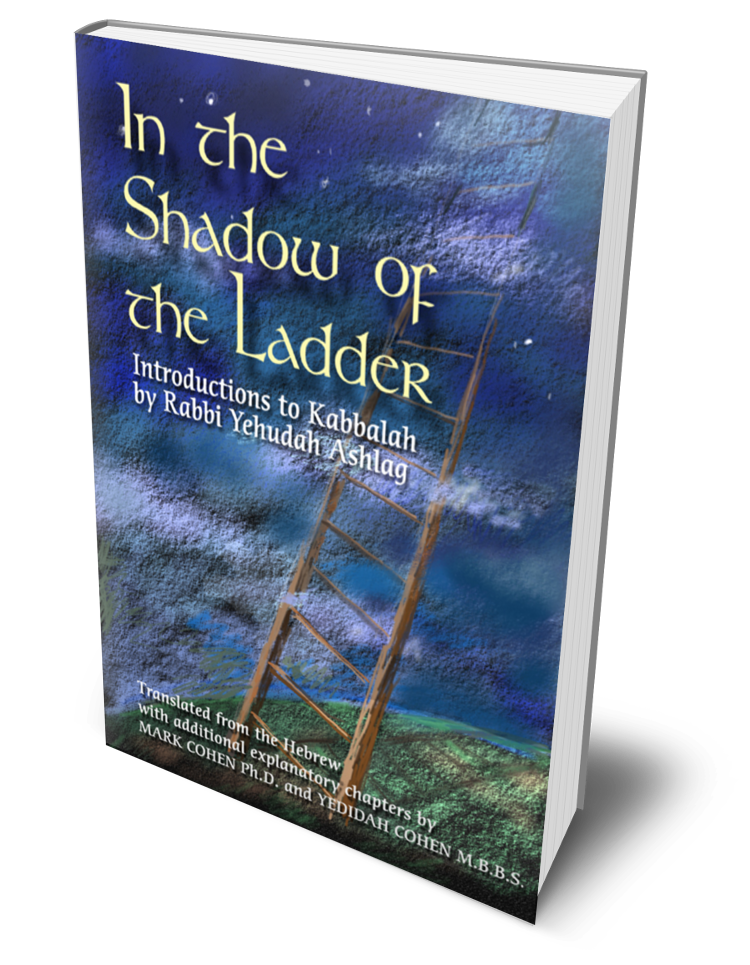
Podcast: Play in new window | Download (Duration: 9:52 — 6.8MB)
Subscribe: Apple Podcasts | Spotify | Android | Podchaser | Email | RSS
Although Pesach is now behind us, we mention the miracle of the exodus from Egypt every single day in our prayers. Each year, a different aspect leaps out at me; this year, it was the Crossing of the Red Sea.
If we look at the ten plagues God inflicted on the Egyptians, they occur within the bounds of nature: Nature taken to extremes. But the Red Sea’s parting lies in entirely another dimension: beyond the domains of nature. A sea divides. The seabed becomes dry land, solid enough for 600,000 people to walk on. The ordinary borders between sea and land change for precisely the time it takes for the Children of Israel to pass through.
One imagines the miracle of the Crossing of the Red Sea to be a one-time event. But in fact, it isn’t. When Joshua led the Children of Israel into the Promised Land, the waters of the River Jordan parted, and they crossed on dry land. The Talmud records an instance when Rabbi Pinchas Ben Yair, was on his way ot recscue hostages the River Ganni parted for him.
We have just celebrated Yom Haatzmaut Independence day when we celebrate the miracle of the State of Israel, for miracle it surely is. According to all the laws of nature—the sociological laws the anthropological laws and the laws of demographics and statistics—our existence as the Jewish people isn’t explainable. Yet here we are!
What is the basis of this phenomenon, and do these events have meaning for us today?
To answer these questions, we must first consider what nature is, and discover what causes an event beyond nature’s ordinary boundaries.
What we call “nature” is the way the world usually works. The holy Ari teaches that the world has only two basic elements: the Creator and the created. These express themselves as the goodness of God and the desire to receive this goodness.
The desire to receive the Creator’s goodness is the created element and forms the primary material of all creation: All elements of reality, inanimate, plant, animal, and human, have the desire to receive goodness. In the human this desire to receive God’s goodness manifests through all aspects of ourselves, our physical being, our emotions and our desires to know and control our lives.
Our soul however is part of the essence of God. Unlike the created aspects of ourselves, our soul desires not to receive, but to give unconditionally, just like the Creator; its Root, only gives. When we give altruistically to others, we act according to our soul’s desire. Likewise, when we place our faith and trust in the goodness of the Creator, instead of relying on external sources, we act according to our soul’s desire. When we accord with our souls’ wishes, we are no longer confined to the material of the natural world; we have gone beyond the boundaries of created nature.
At this point, the Sages teach us that a law higher than the laws of nature can now come into play.
In the last six months, we in Israel have merited witnessing the most incredible examples of deeds of ultimate selflessness, deeds that are truly beyond the boundaries of nature. So many men and women, young and not so young, selflessly gave their lives to save helpless victims on October 7 and in its aftermath.
Throughout all these months of difficulty, people from all levels of society have been volunteering: helping the wives of reservists, helping the farmers harvest the land, and helping each other stay calm, cheerful, and confident. These actions of selflessness that are above and beyond the boundaries of nature are not actions you will find portrayed in the media, but they are numerous and do change reality.
Witness what happened on the night of April 13: Iran sent an incredible number of lethal ballistic missiles to murder as many Jews as possible, indiscriminately. Yet we merited to a miracle above nature!—a modern Crossing of the Red Sea! Any scientist will tell you that no human system is as good as what happened that night. No human system is 99.9% successful. Yet that is what happened!
Today, as we watch with growing dismay and disbelief the stream of antisemitism in the streets and universities of cities all over the world, let us take heart from the realization that miracles like the Crossing of the Red Sea are not one-time miracles. They can and do happen in our time too.
How can we create the conditions that can bring such miracles about?
Acting against our created nature isn’t easy. Very often, we want to, but we need to know how. However, we are blessed that the Torah of the soul, the Kabbalah, is now available to us through the the great Kabbalist of the 20th century, Rabbi Ashlag. When we learn the Kabbalah, we can get to know what our individual soul wants and how it needs to express itself. Then, we can all contribute to the energy field in which the miraculous can happen.
Thus, the words of the prophet Micah, “Just as in the days of your coming out of Egypt, I will show you miracles” (Micah 7:27) will come true.
I bless you and all whom you love so that we may merit witnessing miracles in our lives for which we can all give thanks.
{ 0 comments }









